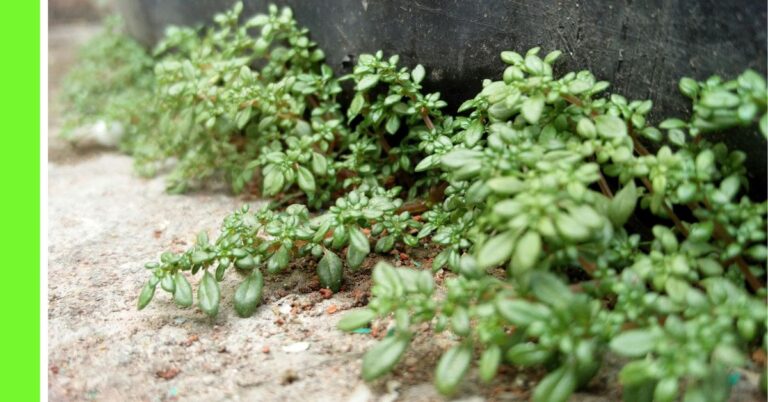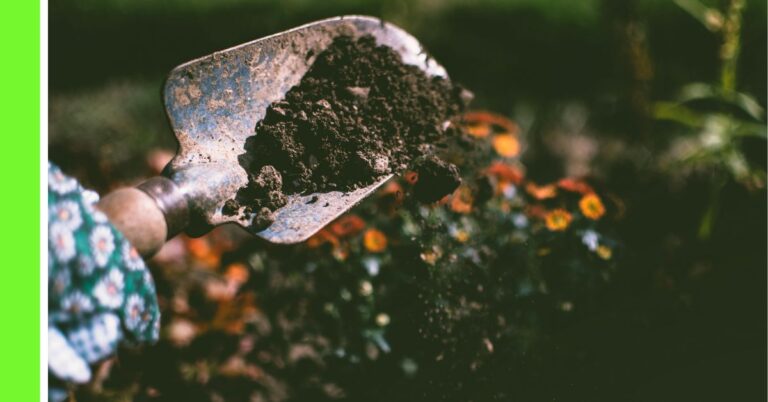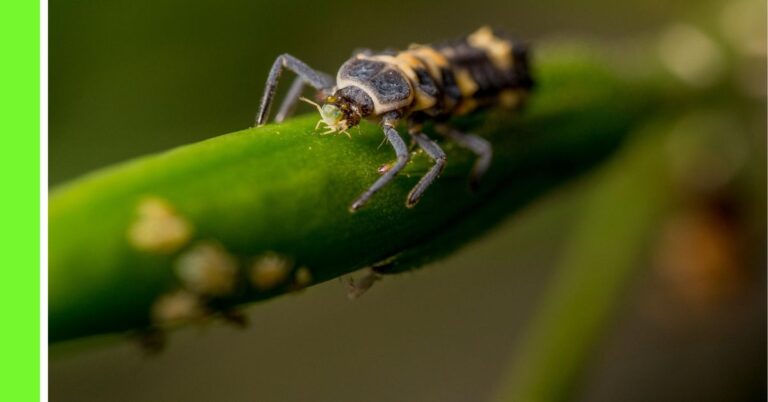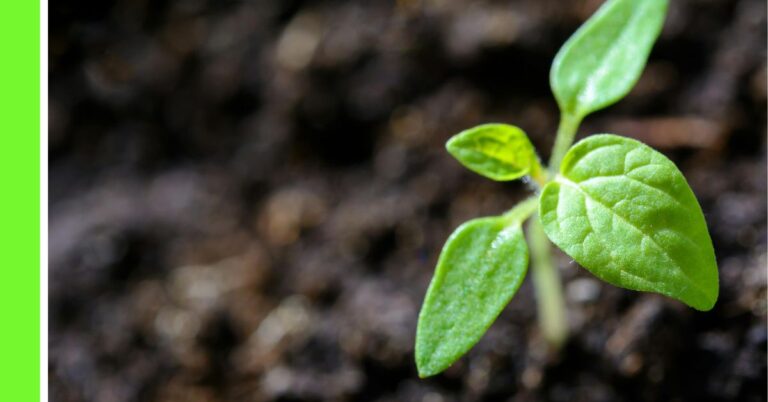Watering: When, How Much and How Often
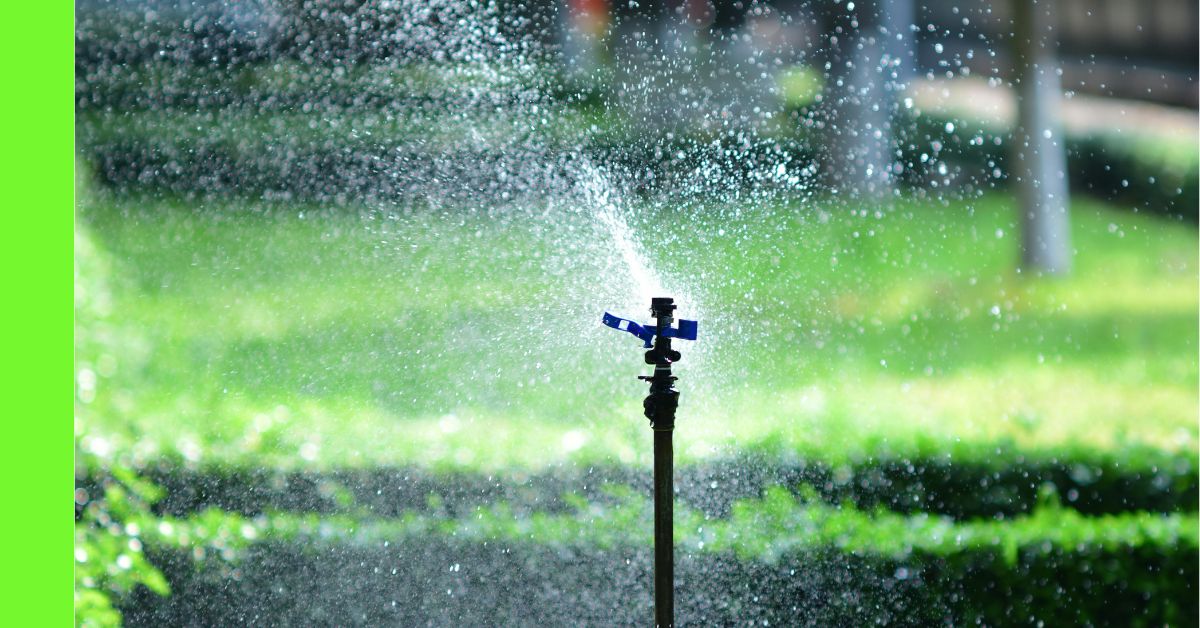
Watering is a fundamental aspect of plant care, directly influencing the health, growth, and productivity of your garden.
Proper watering techniques ensure that plants receive the moisture they need without the risks associated with over or under-watering.
This comprehensive guide will explore when to water, how much to apply, and how often to help you cultivate a thriving garden.
Understanding Plant Water Needs
Recognizing the specific water requirements of your plants is crucial.
Factors such as species, growth stage, soil type, and environmental conditions all play a role in determining how much water a plant needs.
For instance, larger plants with extensive foliage typically require more water than smaller ones.
Similarly, plants in sandy soils may need more frequent watering compared to those in clay soils due to differences in water retention.
Observing your plants for signs of water stress, such as wilting or discolored leaves, can also guide your watering practices.
When to Water: Timing Is Key
The timing of watering sessions significantly impacts water absorption and plant health.
Watering in the early morning is generally recommended, as it allows water to reach the roots before the heat of the day increases evaporation rates.
Morning watering also ensures that foliage dries quickly, reducing the risk of fungal diseases.
Evening watering is an alternative, especially during hot weather, as cooler temperatures minimize evaporation.
However, be cautious with evening watering, as prolonged leaf wetness can promote disease development.
How Much Water to Apply
Determining the appropriate amount of water depends on several factors, including plant type, soil composition, and weather conditions.
A general guideline for vegetable gardens is to provide about one inch of water per week, either through rainfall or irrigation.
It’s essential to water deeply to encourage deep root growth, which enhances drought resistance.
For container plants, a common approach is to apply water equivalent to 10% of the container’s volume, ensuring thorough saturation without causing waterlogging.
How Often to Water: Striking the Right Balance
The frequency of watering varies based on plant needs, soil type, and environmental factors.
Generally, it’s better to water less frequently but more thoroughly, promoting deeper root systems.
For example, watering once or twice a week may suffice for many garden plants, while container plants might require more frequent attention due to limited soil volume.
Always monitor soil moisture levels and adjust your watering schedule accordingly to prevent both drought stress and waterlogging.
Best Practices for Effective Watering
- Water at the Base: Direct water to the base of the plant to ensure it reaches the root zone, minimizing moisture on leaves and reducing disease risk.
- Mulching: Apply a layer of organic mulch around plants to retain soil moisture, regulate temperature, and suppress weed growth.
- Avoid over watering: Excessive watering can lead to root rot and other issues. Ensure soil has proper drainage and allow it to dry slightly between watering sessions.
- Use Appropriate Tools: Select watering tools based on your garden’s size and plant types. Options include watering cans for small areas, hoses with nozzles for flexibility, drip irrigation systems for efficiency, and sprinklers for larger spaces.
Recognizing Signs of Improper Watering
Being attentive to your plants’ appearance can help you identify watering issues:
- Under-Watering Signs: Wilting, dry soil, and slowed growth may indicate insufficient water.
- Over-watering Signs: Yellowing leaves, mold growth, and soggy soil suggest too much water.
Adjust your watering practices promptly upon noticing these signs to maintain plant health.
Seasonal Considerations for Nigeria’s Climate
Nigeria has a tropical climate characterized by wet and dry seasons.
Understanding these seasonal variations is key to effective watering:
- Rainy Season (April to October): During the rainy months, natural rainfall may provide sufficient water for most plants. However, container plants and those in sheltered areas may still need occasional watering. Ensure proper drainage to prevent root rot.
- Dry Season (November to March): Higher temperatures and reduced rainfall increase water needs. Watering frequency should be adjusted to prevent the soil from drying out completely. Mulching helps retain moisture and reduce evaporation.
- Harmattan Period (December to February): The dry, dusty winds can cause moisture loss from plants and soil. Increase watering frequency, especially for young plants and vegetables.
Watering Techniques for Specific Plant Types
- Vegetable Gardens: Provide consistent moisture, aiming for about one inch of water per week. Water at the base to avoid wetting foliage, which can lead to disease.
- Lawns: Water deeply but infrequently, encouraging deep root growth. Early morning watering is ideal to reduce evaporation.
- Container Plants: Due to limited soil volume, container plants may require daily watering during hot weather. Ensure pots have drainage holes to prevent water accumulation.
- Houseplants: Water needs vary widely among species. Generally, allow the top inch of soil to dry out between watering. Be mindful of indoor humidity levels and adjust accordingly.
Advanced Watering Systems
Investing in advanced watering systems can enhance efficiency and conserve water:
- Drip Irrigation: Delivers water directly to plant roots, minimizing evaporation and runoff. Ideal for vegetable gardens and landscaped areas.
- Soaker Hoses: Provide slow, consistent moisture along their length, suitable for rows of plants or hedges.
- Automated Sprinklers: Useful for lawns and larger areas, especially when equipped with timers and moisture sensors to optimize watering schedules.
Conclusion
Mastering the art of watering involves understanding your plants’ needs, adjusting watering frequency and quantity according to seasonal changes, and using efficient watering techniques.
By following best practices and adopting smart irrigation methods, you can ensure healthy, thriving plants year-round. For more in-depth watering techniques.
Hope this article was helpful.

